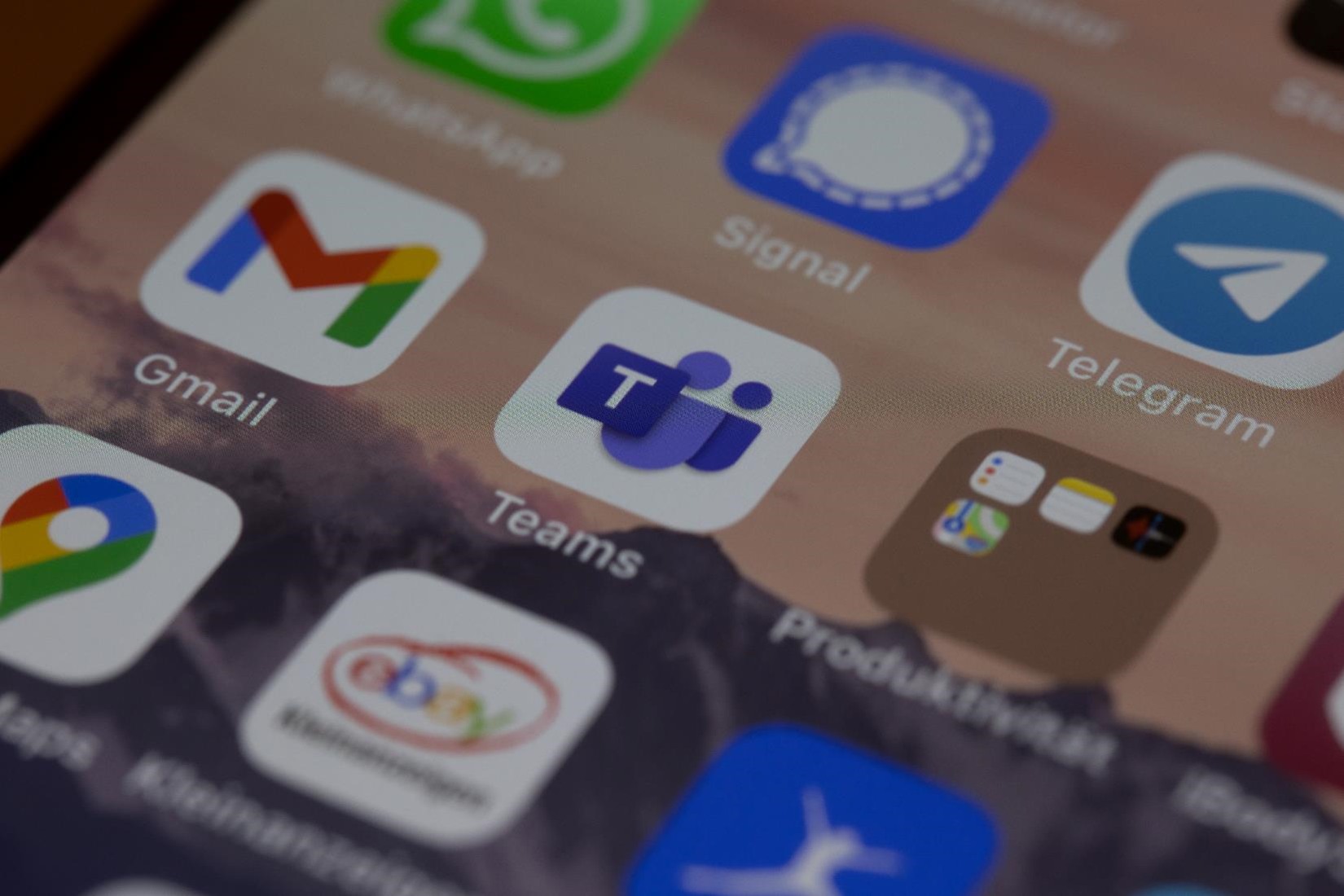


The switch off of the traditional telephone network is primarily driven by the ageing technology and technological advancements in telecommunications. The PSTN has become costly to maintain, meaning the closure gives communications providers the opportunity to retire outdated infrastructure, reduce maintenance costs, and focus on delivering modern services.
While we’ve come a long way since dial-up internet, some still struggle with slow internet connections, especially in the age of hybrid working and video streaming. Full fibre broadband is here to change this. Instead of copper wires, Fibre to the Premises (FTTP) uses fibre optic cables to provide internet services, making it much more robust than the legacy network and offering speeds of up to 1Gbps. The full fibre network is currently being rolled
speeds of up to 1Gbps. The full fibre network is currently being rolled out across the UK, with over 10.4 million premises able to access ultrafast broadband as of June 2023.
For those unable to access FTTP right now, SOGEA is the best option for future-proof connectivity. Using a combination of copper and fibre technology, SOGEA provides speeds of up to 80Mbps with no need for a landline.
For those who still require telephony, Voice over Internet Protocol (VoIP) is here. VoIP uses a reliable data connection, such as FTTP, to carry voice communications, meaning phone calls are no longer run over the PSTN but via the internet instead.
The switch off has significant implications for businesses that rely on traditional telephone services. Organisations must transition to IP-based solutions to ensure uninterrupted voice communication. This shift presents opportunities for businesses to adopt Unified Communications (UC) solutions with advanced features like video conferencing, collaboration, and integration with other digital systems. However, it also necessitates infrastructure upgrades and careful planning to ensure a smooth transition and minimal disruption to operations.
Any businesses using services such as payment terminals, alarm systems, and lift lines, connected via a landline, will need to review these services with their provider and ensure they have an IP-based alternative in place when the telephony network is switched off.


Now you know your options for replacing your broadband and voice services, it’s worth exploring how mobile can benefit both businesses and consumers in an All-IP world.
It’s not only the fixed telephony network that is going
through significant changes. The UK Mobile networks are currently retiring the 3G data networks and focusing on faster 4G and 5G rollouts. These advances in mobile networks enable users to access various communication apps and services that offer voice and video calling capabilities, further encouraging people to use mobile phones as their primary means of communication as consumers in particular move away from PSTN telephony.


The Public Switched Telephone Network (PSTN) has been the backbone of telecommunications for almost 150 years, enabling voice calls for residential and business use across the UK. However, with the rapid advancement of digital technologies, the time has come for the PSTN switch off, with the specific date set for December 2025.
The PSTN revolutionised communication by establishing a reliable and widespread network for voice calls. With the introduction of the internet in the 1990s, it was adapted to provide data connections over the same technology. However, the PSTN is essentially a network of copper wires, making it susceptible to degradation, interference, and even bad weather, affecting both voice and internet connections. Additionally, the telephone exchange equipment is reaching its end of life, becoming harder to source and costly to maintain.
The switch off of the traditional telephone network is primarily driven by the ageing technology and technological advancements in telecommunications. The PSTN has become costly to maintain, meaning the closure gives communications providers the opportunity to retire outdated infrastructure, reduce maintenance costs, and focus on delivering modern services.
While we’ve come a long way since dial-up internet, some still struggle with slow internet connections, especially in the age of hybrid working and video streaming. Full fibre broadband is here to change this. Instead of copper wires, Fibre to the Premises (FTTP) uses fibre optic cables to provide internet services, making it much more robust than the legacy network and offering speeds of up to 1Gbps. The full fibre network is currently being rolled out across the UK, with over 10.4 million premises able to access ultrafast broadband as of June 2023.
For those unable to access FTTP right now, SOGEA is the best option for future-proof connectivity. Using a combination of copper and fibre technology, SOGEA provides speeds of up to 80Mbps with no need for a landline.
For those who still require telephony, Voice over Internet Protocol (VoIP) is here. VoIP uses a reliable data connection, such as FTTP, to carry voice communications, meaning phone calls are no longer run over the PSTN but via the internet instead.
The switch off has significant implications for businesses that rely on traditional telephone services. Organisations must transition to IP-based solutions to ensure uninterrupted voice communication. This shift presents opportunities for businesses to adopt Unified Communications (UC) solutions with advanced features like video conferencing, collaboration, and integration with other digital systems. However, it also necessitates infrastructure upgrades and careful planning to ensure a smooth transition and minimal disruption to operations.
Any businesses using services such as payment terminals, alarm systems, and lift lines, connected via a landline, will need to review these services with their provider and ensure they have an IP-based alternative in place when the telephony network is switched off.
For consumers, the closure of the network brings both challenges and benefits. Traditional landline phones will become obsolete, and consumers still needing a fixed phone will need to ensure they have a fibre-based broadband connection and VoIP-compatible handset.
Now you know your options for replacing your broadband and voice services, it’s worth exploring how mobile can benefit both businesses and consumers in an All-IP world.
It’s not only the fixed telephony network that is going through significant changes. The UK Mobile networks are currently retiring the 3G data networks and focusing on faster 4G and 5G rollouts. These advances in mobile networks enable users to access various communication apps and services that offer voice and video calling capabilities, further encouraging people to use mobile phones as their primary means of communication as consumers in particular move away from PSTN telephony.
The PSTN switch off marks the end of an era in telecommunications, but it’s also the beginning of a new digital future. While it poses challenges for businesses and consumers, it also opens up new possibilities with advanced digital communication technologies. It’s important you jump onboard and embrace this change, or you could lose service.
As the PSTN switch off approaches, it’s crucial to partner with a communications provider like DRC who has the experience to guide you through this transition. With over 30 years of experience, and deep relationships with our existing customers who already trust us to do a great job for them, the DRC team is eager to talk to you. Call us on 01256 895895 or email us at [email protected] for some no-obligation, friendly, straight-talking advice.
By integrating these recommendations into the article, you can provide a comprehensive and informative resource for readers, ensuring they are well-informed about the PSTN switch off and its implications.
The PSTN switch off is not just a technical transition; it represents a broader shift in the telecommunications landscape. As we move towards a more digital-centric world, the importance of reliable, high-speed internet connections becomes paramount. This transition will pave the way for more innovative communication solutions, from advanced video conferencing tools to IoT (Internet of Things) integrations that will redefine how businesses operate and how consumers interact with technology.
For businesses, the switch off serves as a reminder to stay ahead of the curve. It’s essential to:
For consumers, the switch off is an opportunity to embrace more advanced and reliable communication solutions. It’s a chance to:
The PSTN switch off is more than just the end of an era; it’s the beginning of a new chapter in the world of telecommunications. By understanding the implications, preparing in advance, and embracing the digital future, both businesses and consumers can ensure they not only adapt but thrive in this new landscape.
For more insights and guidance on the PSTN switch off and how it might impact you, reach out to the experts at DRC. With decades of experience in the field, we’re here to help you navigate this significant transition with confidence.


